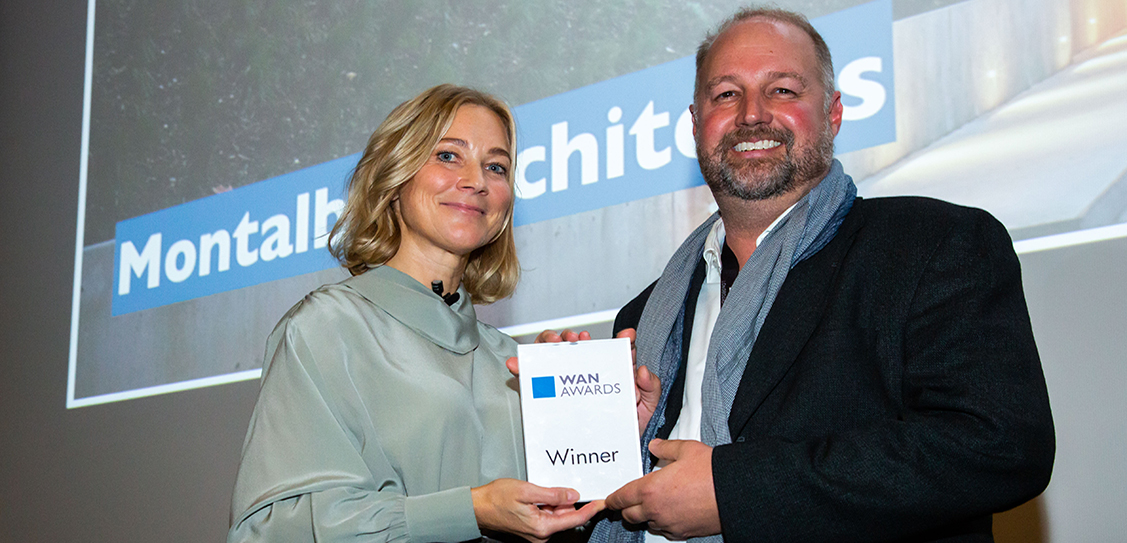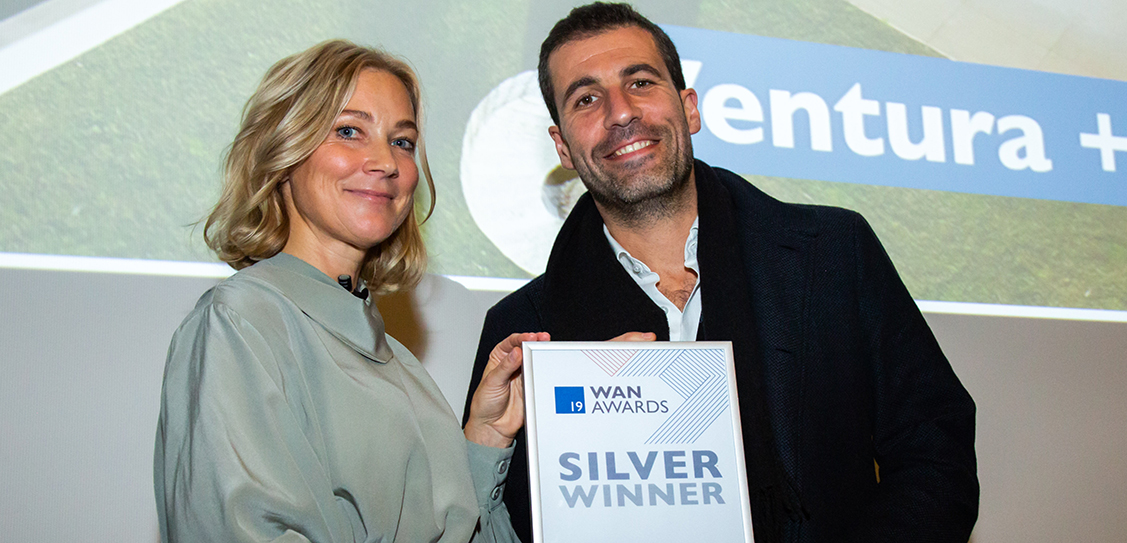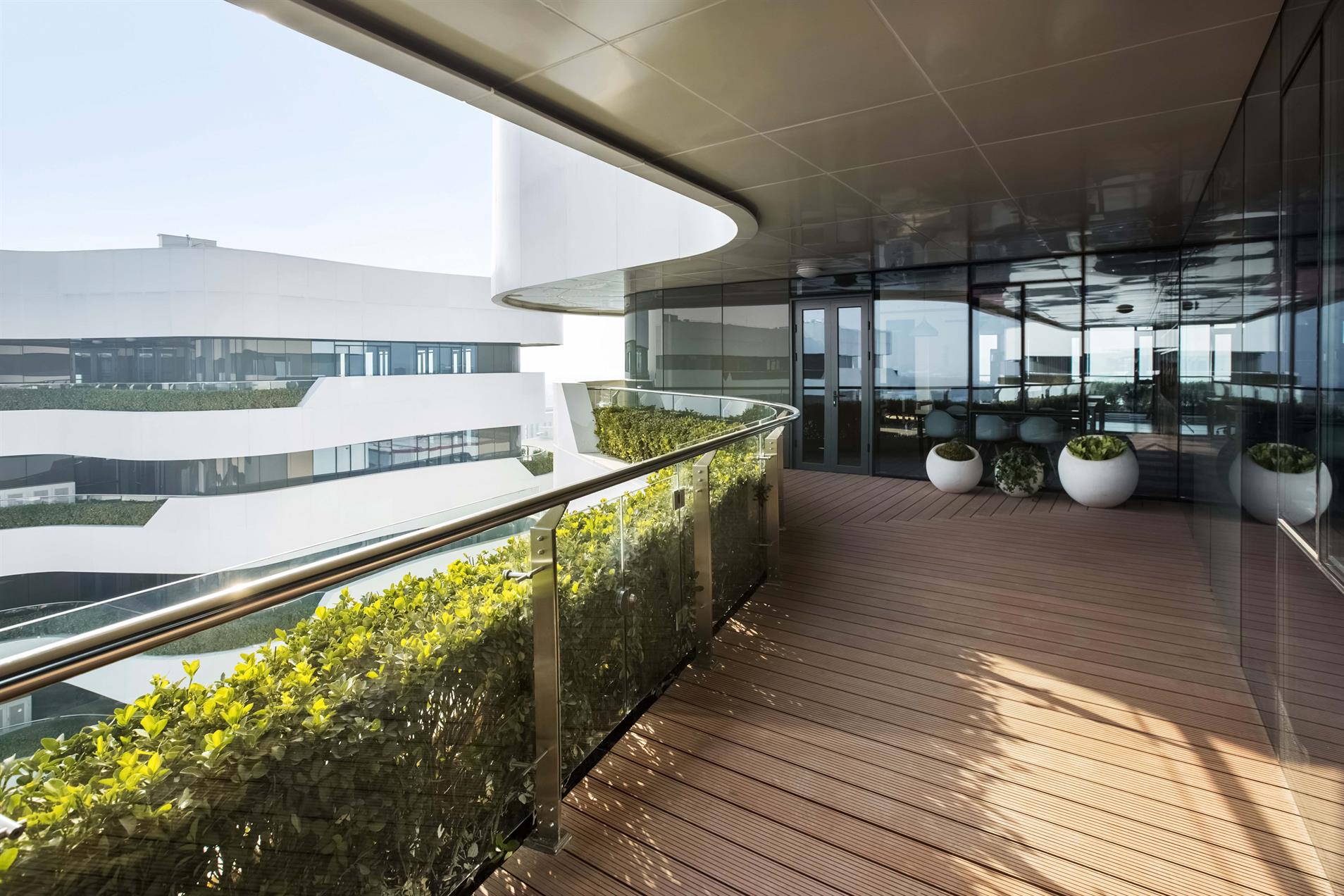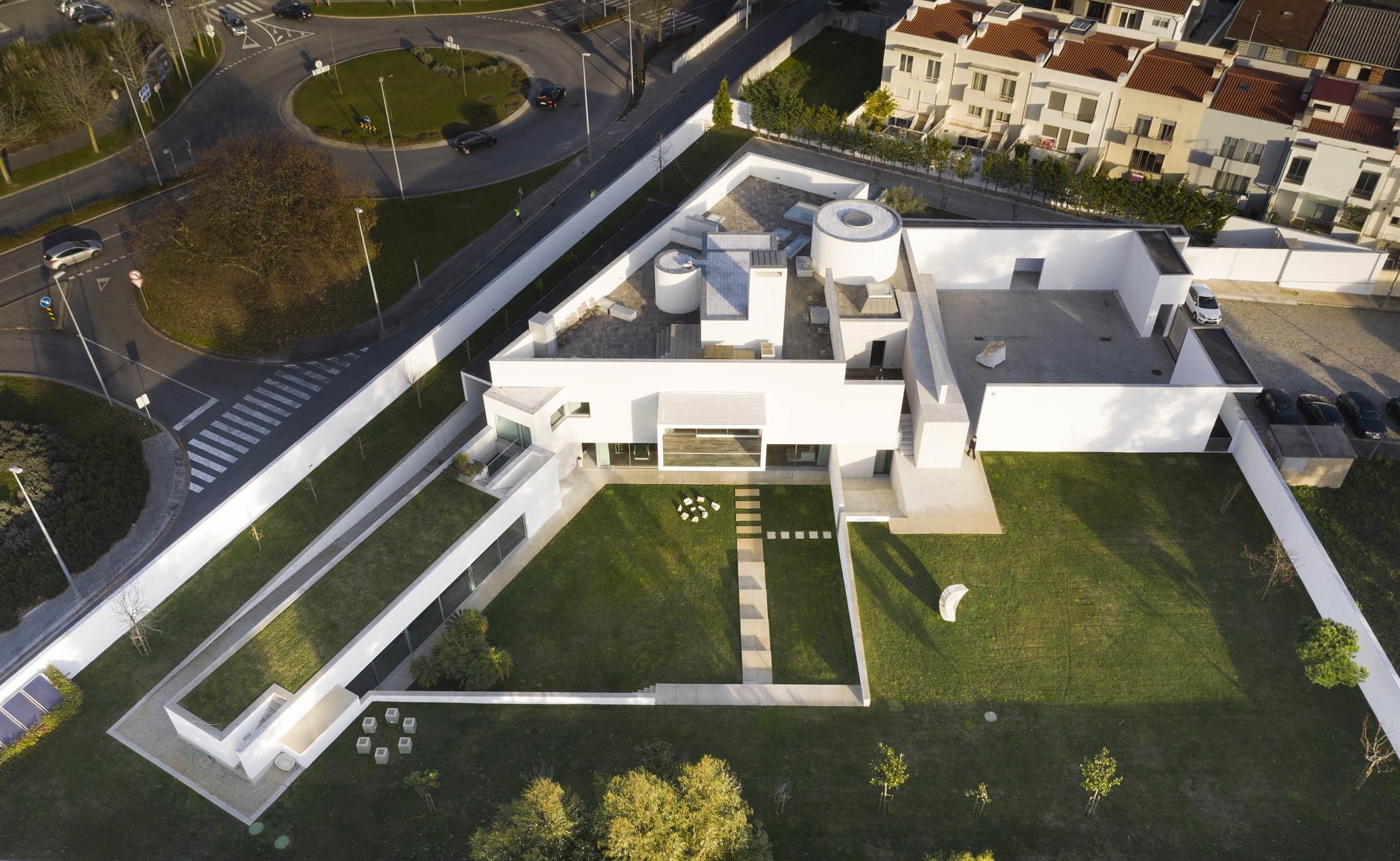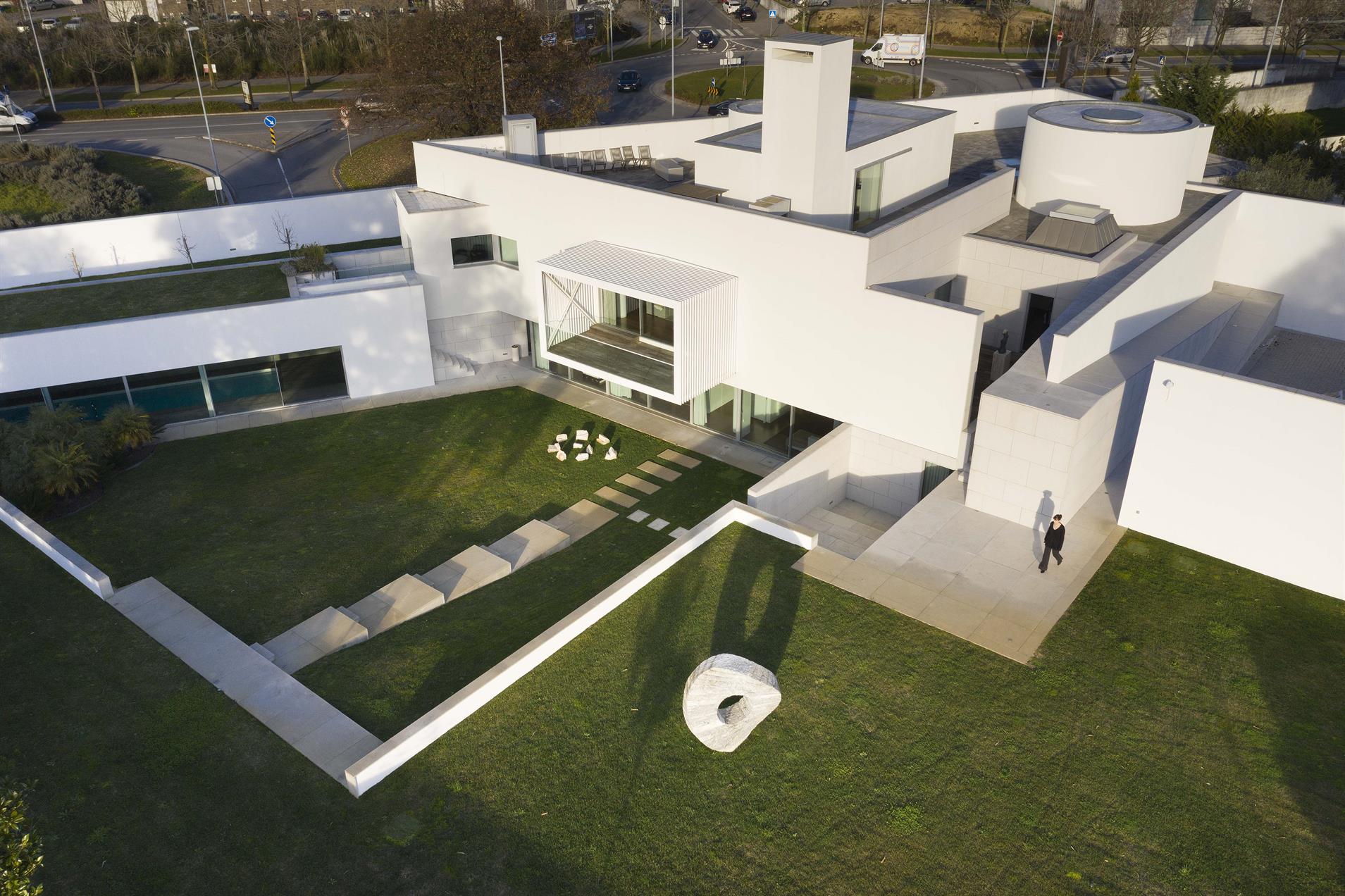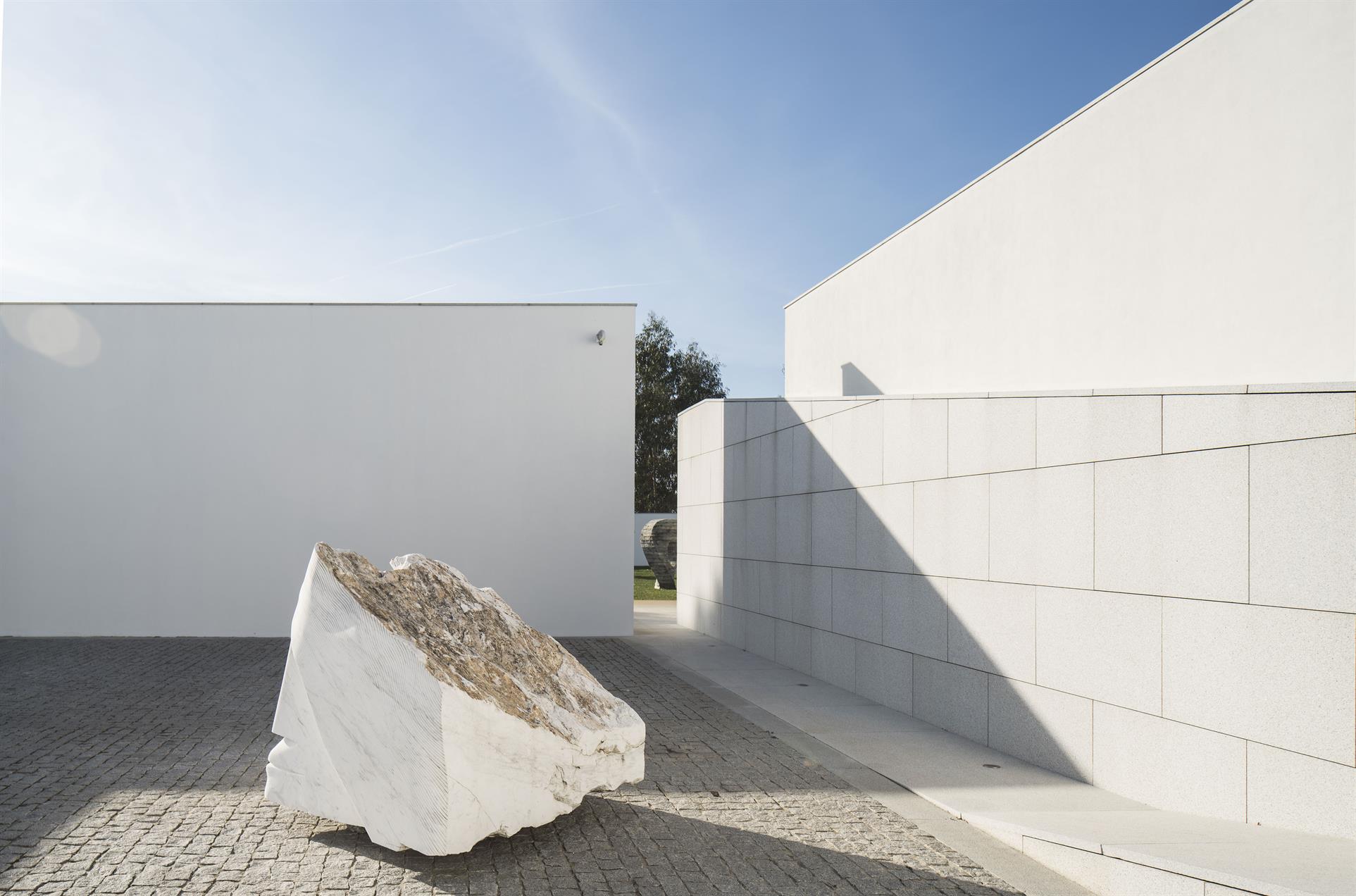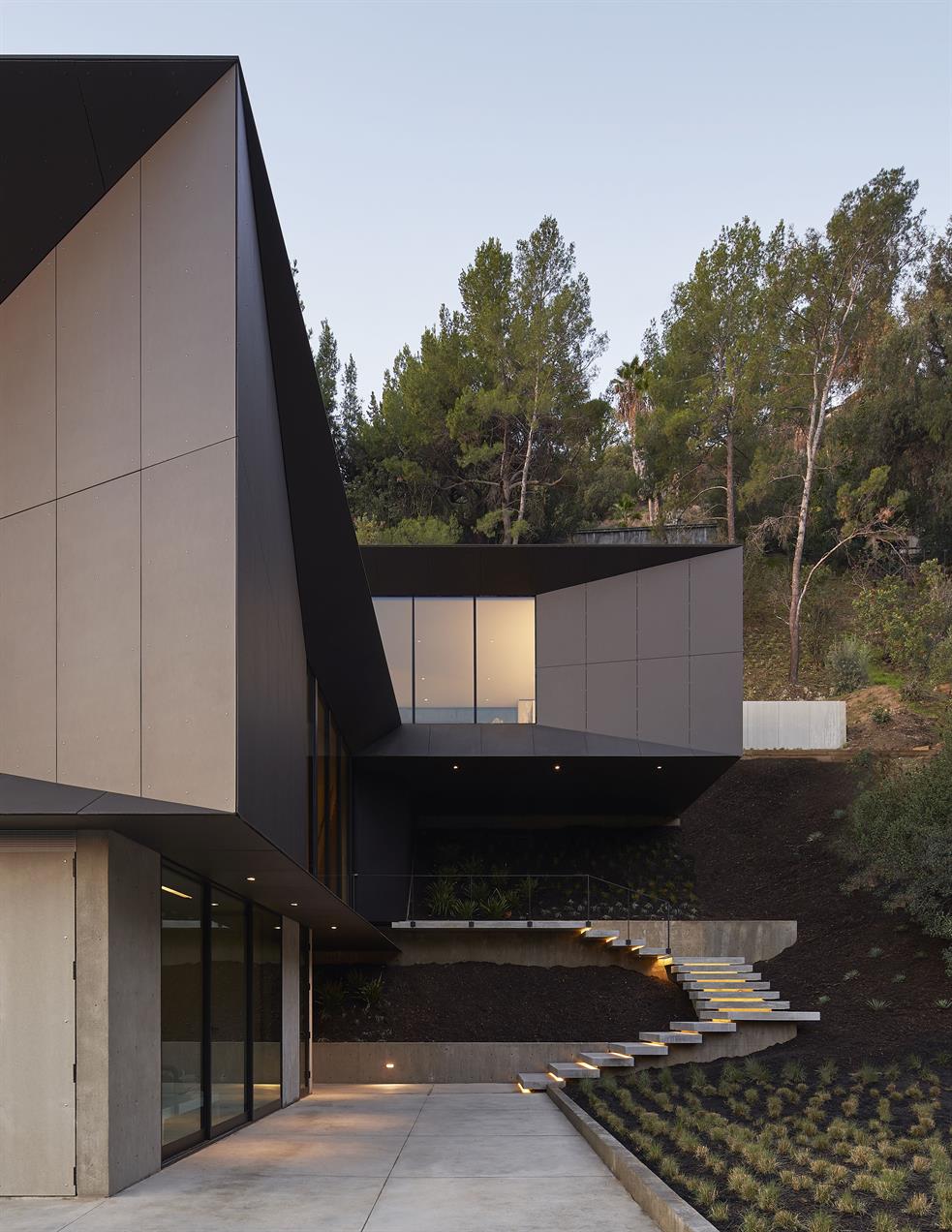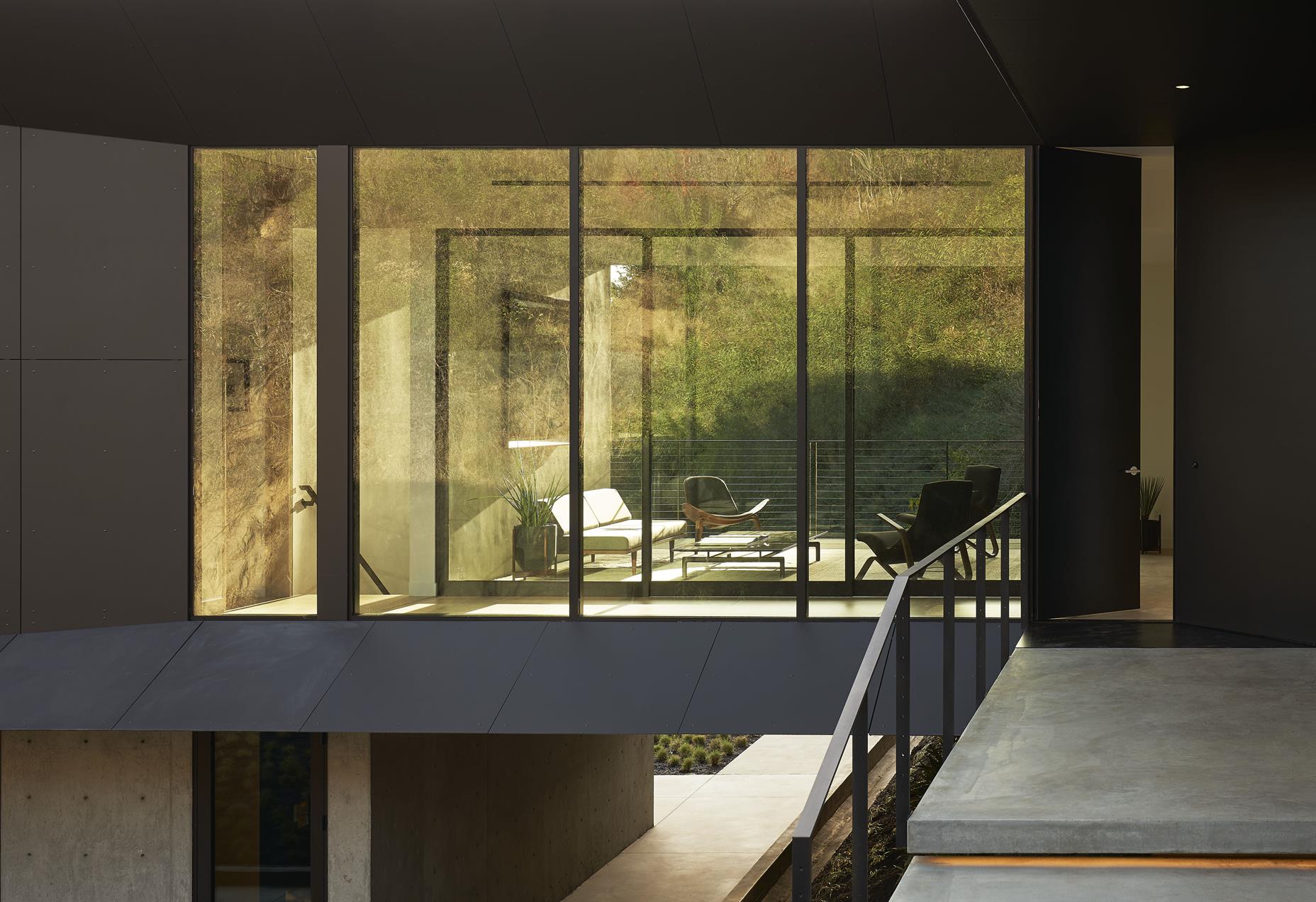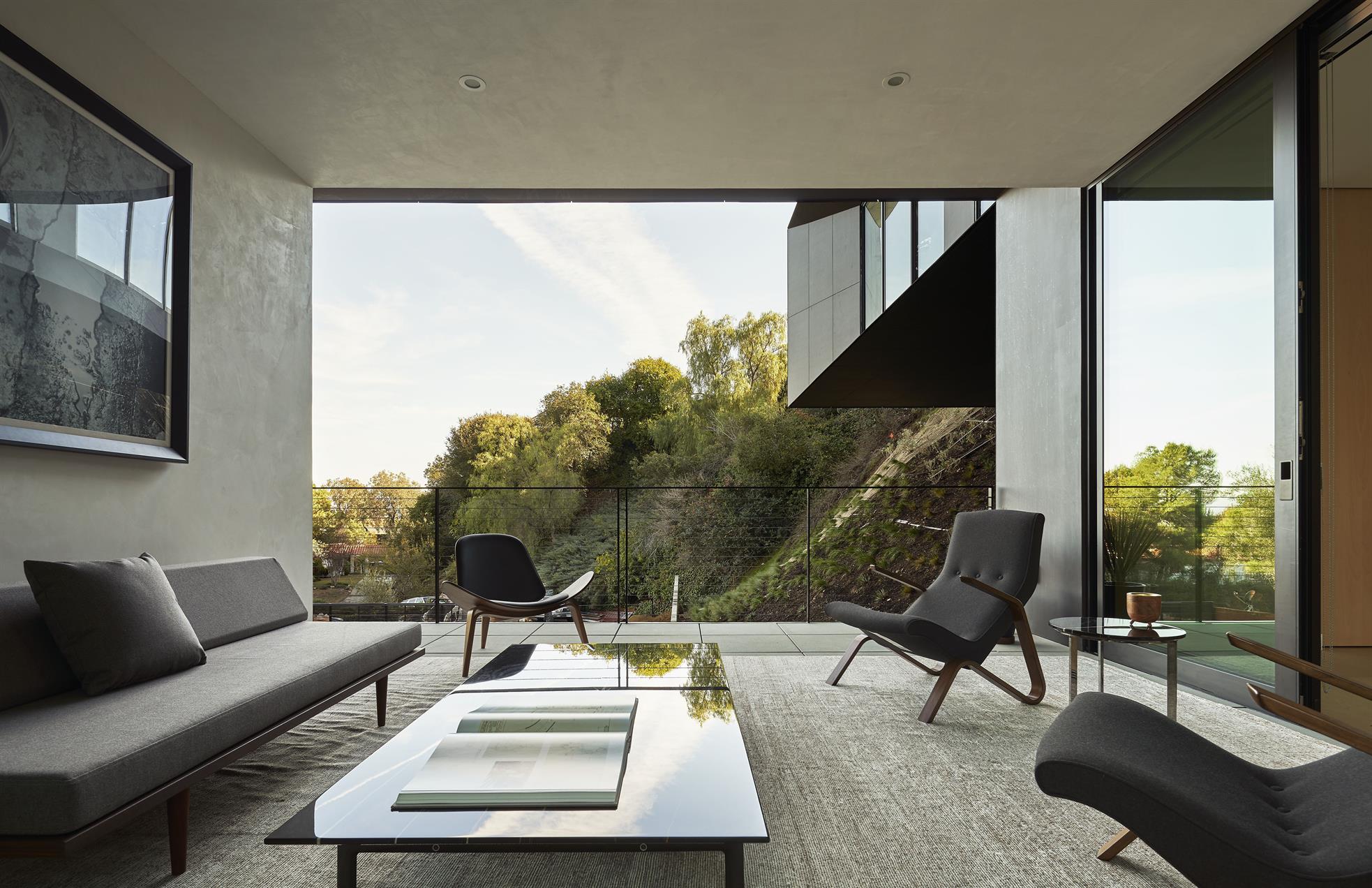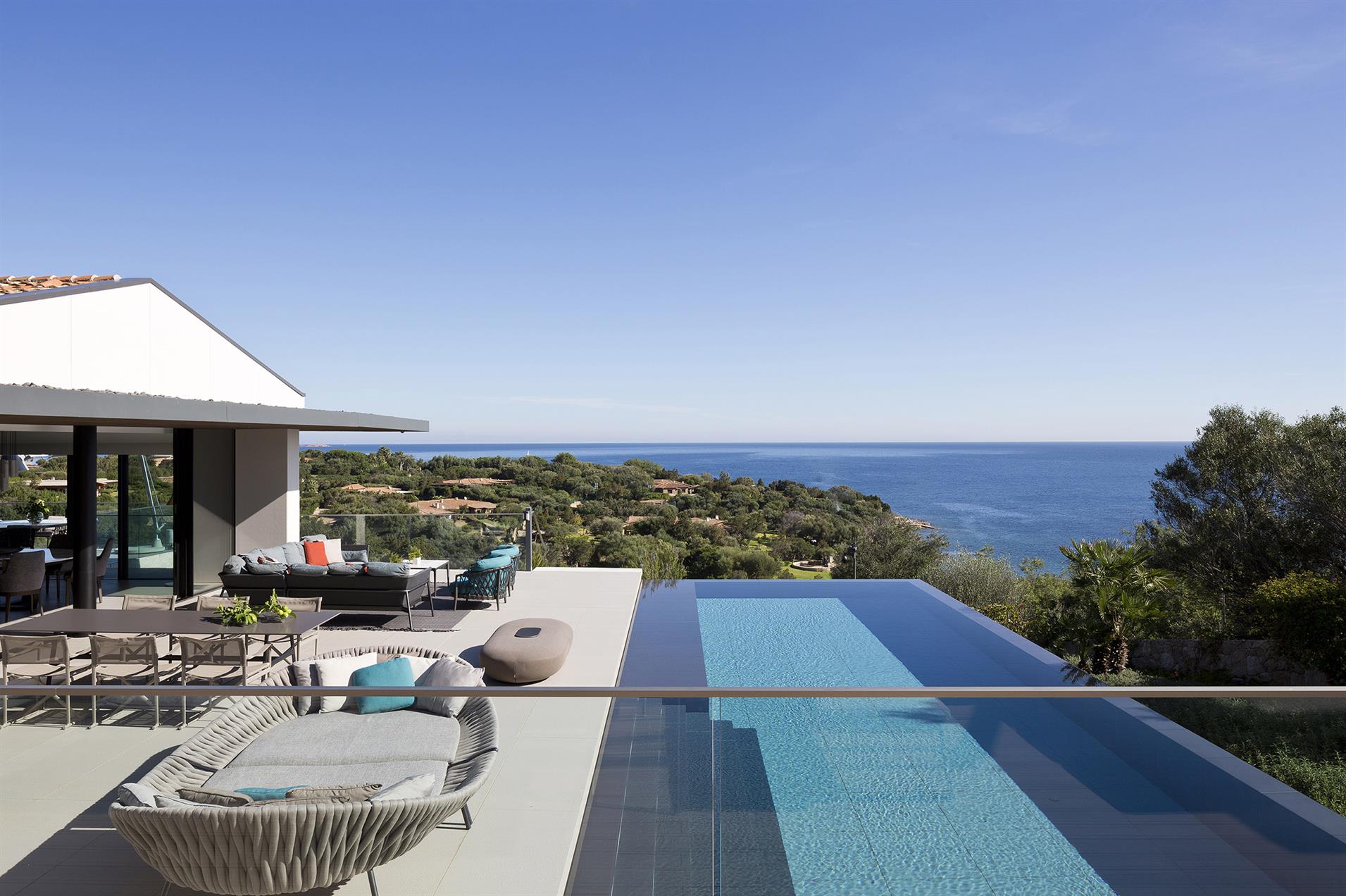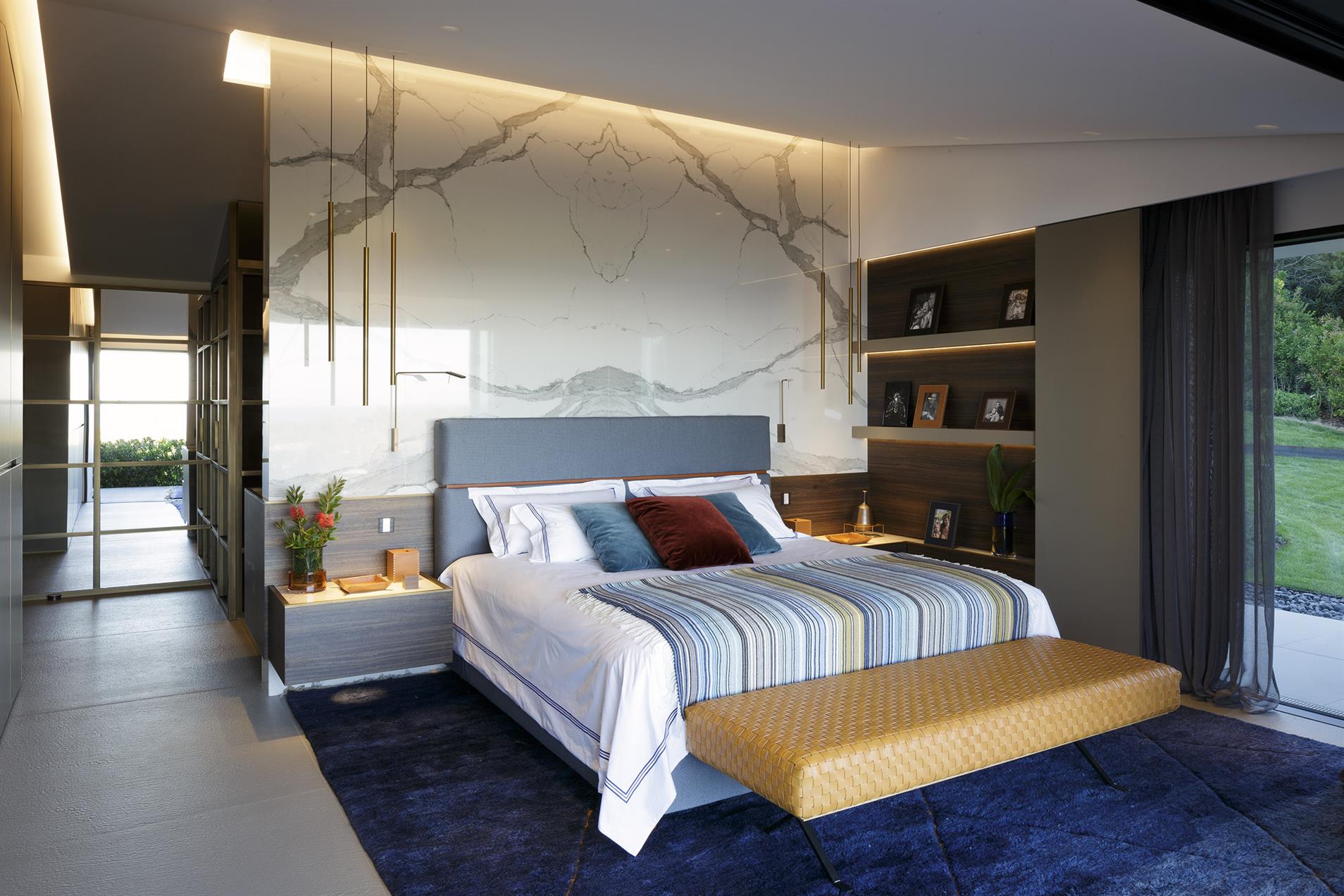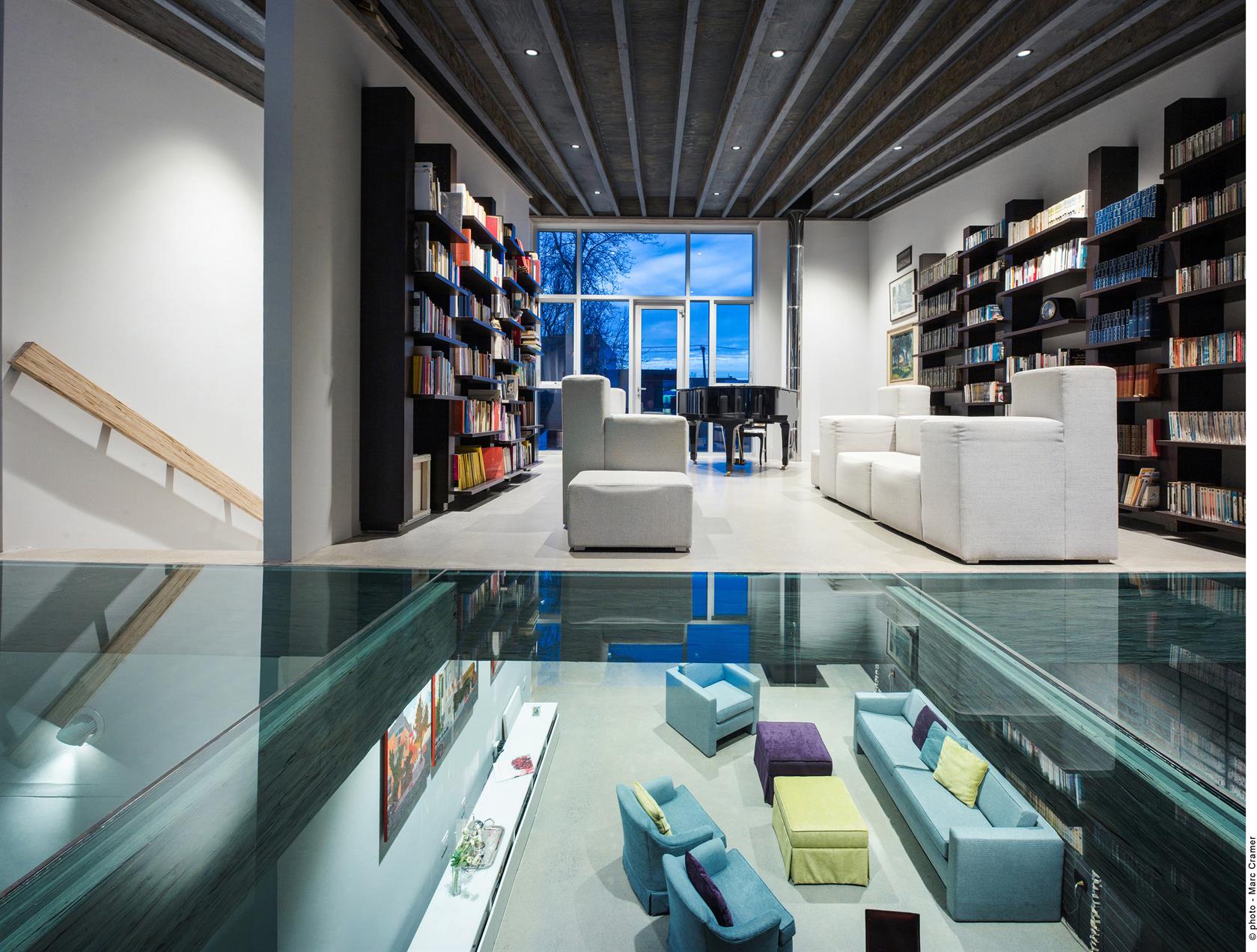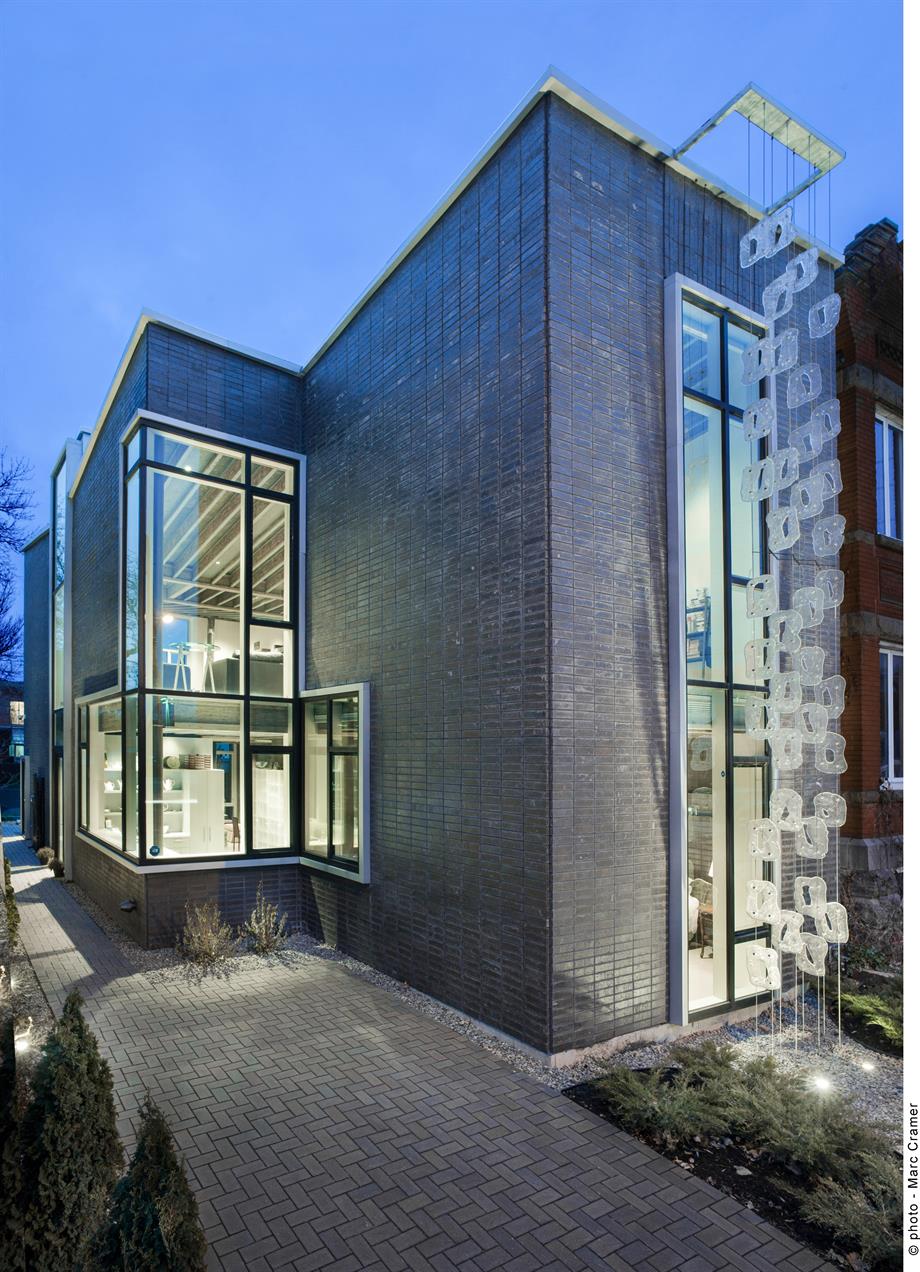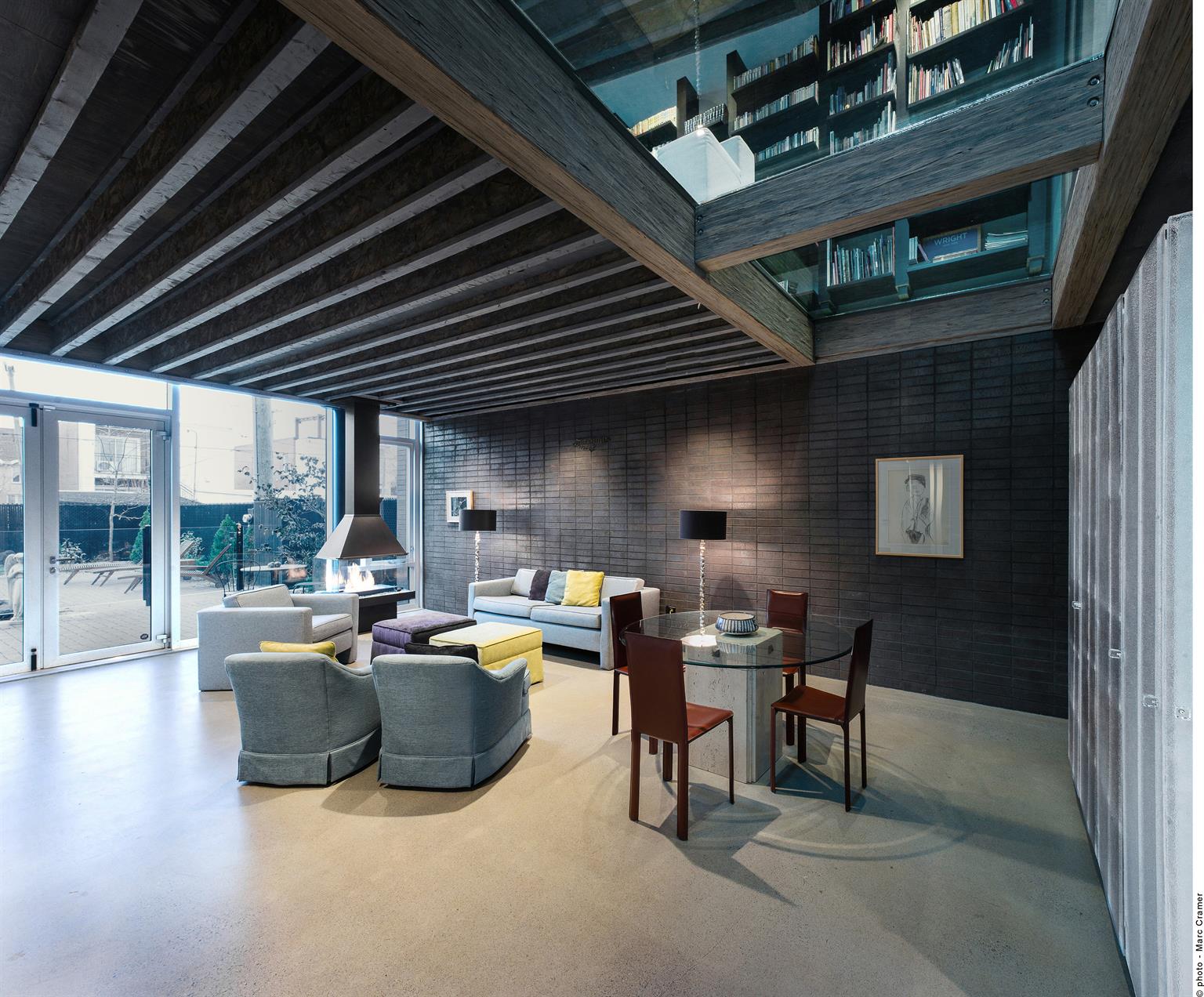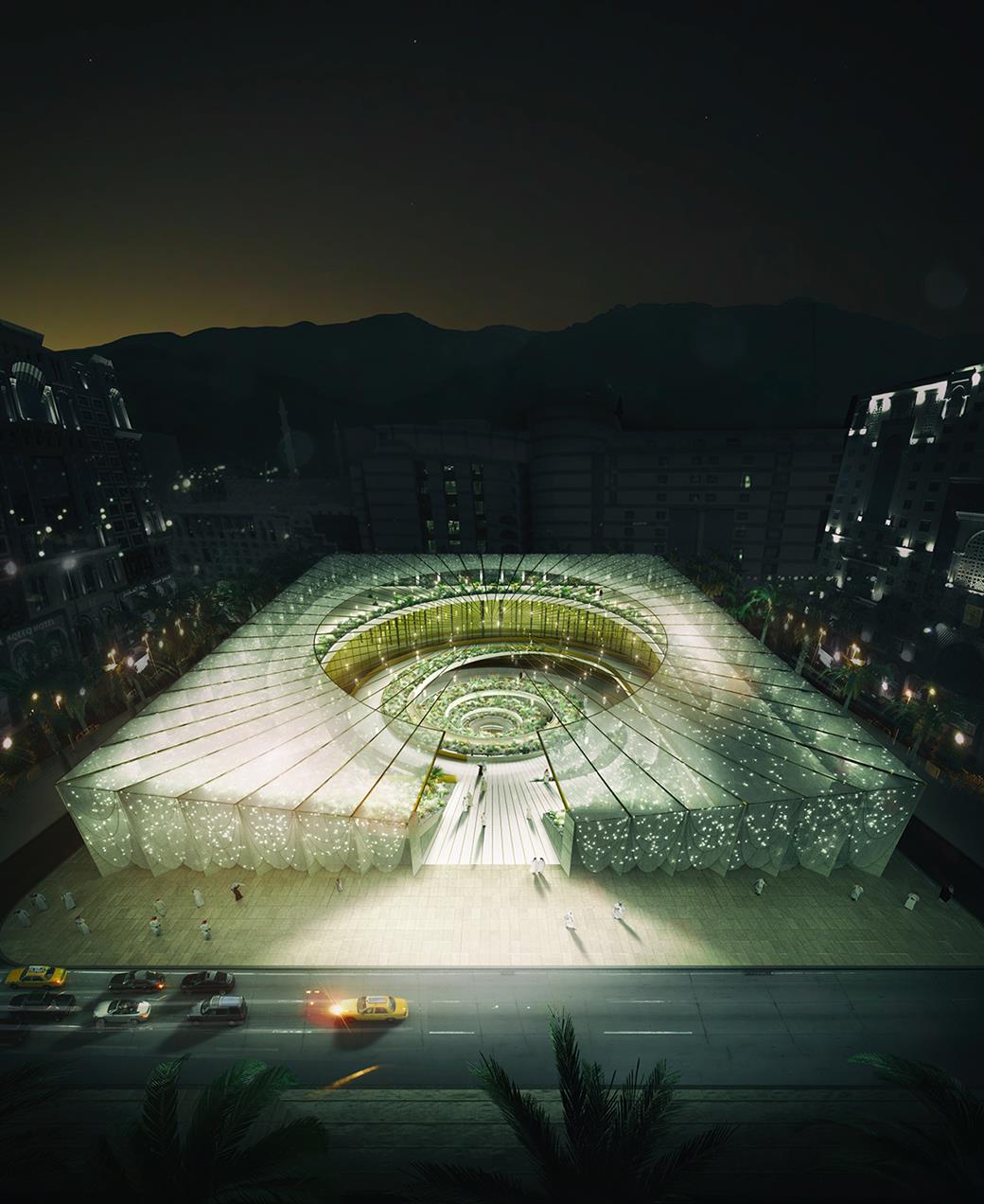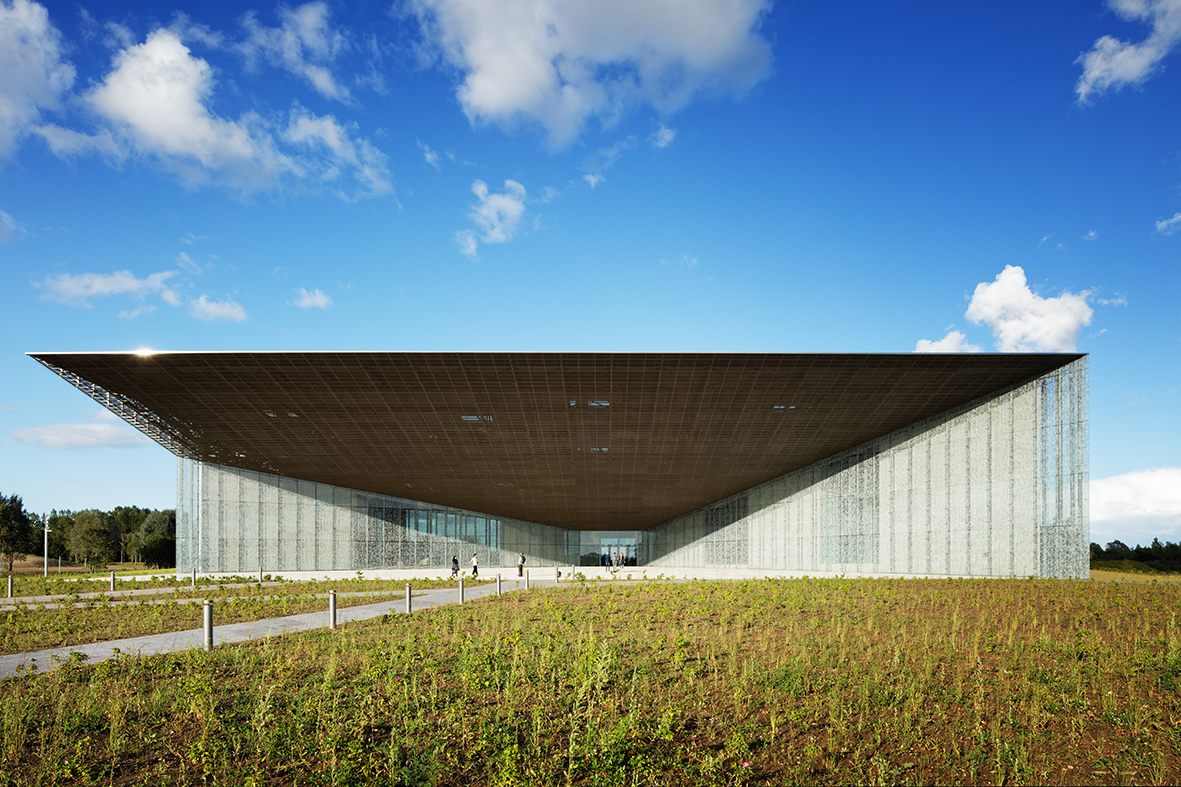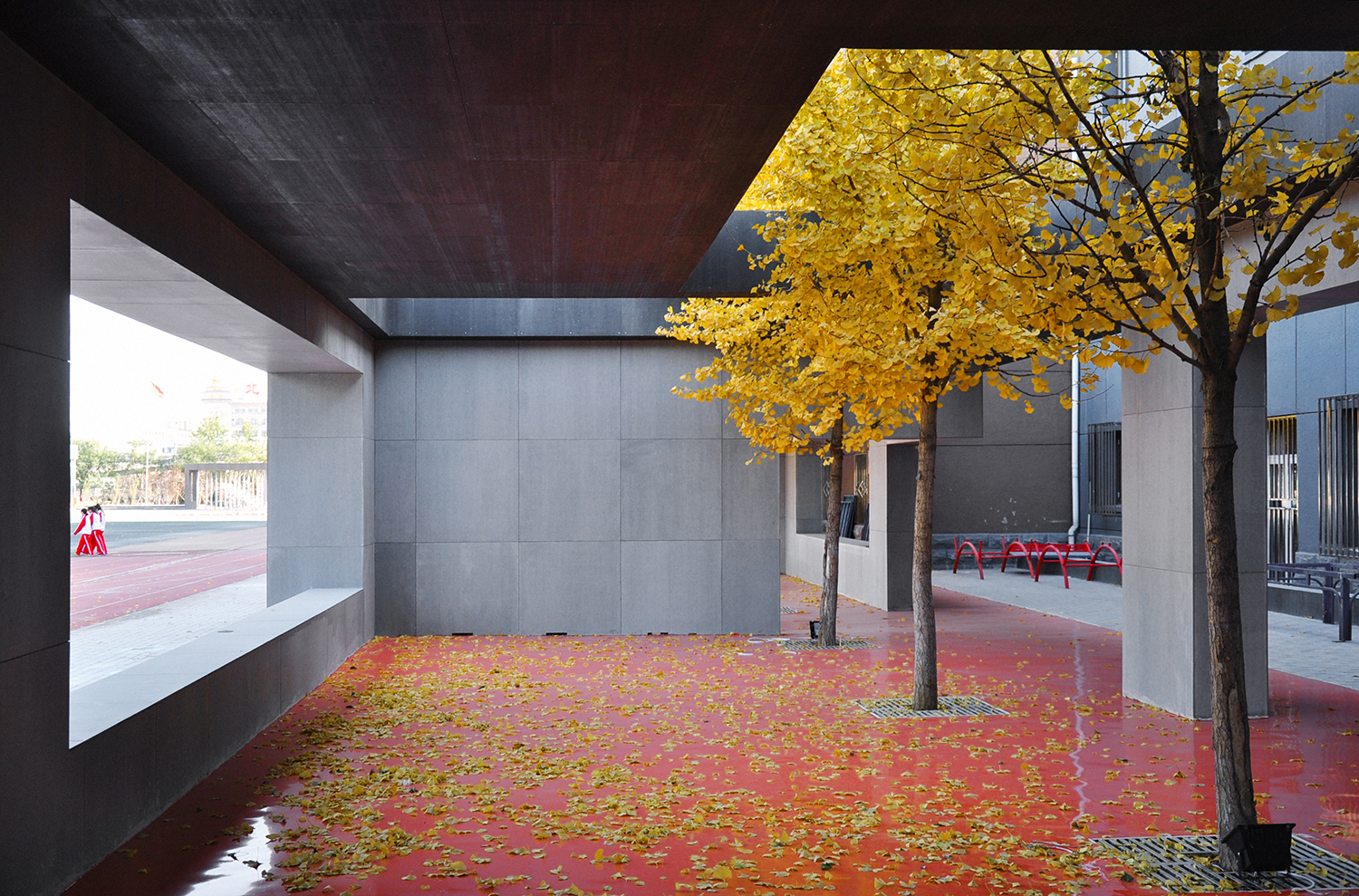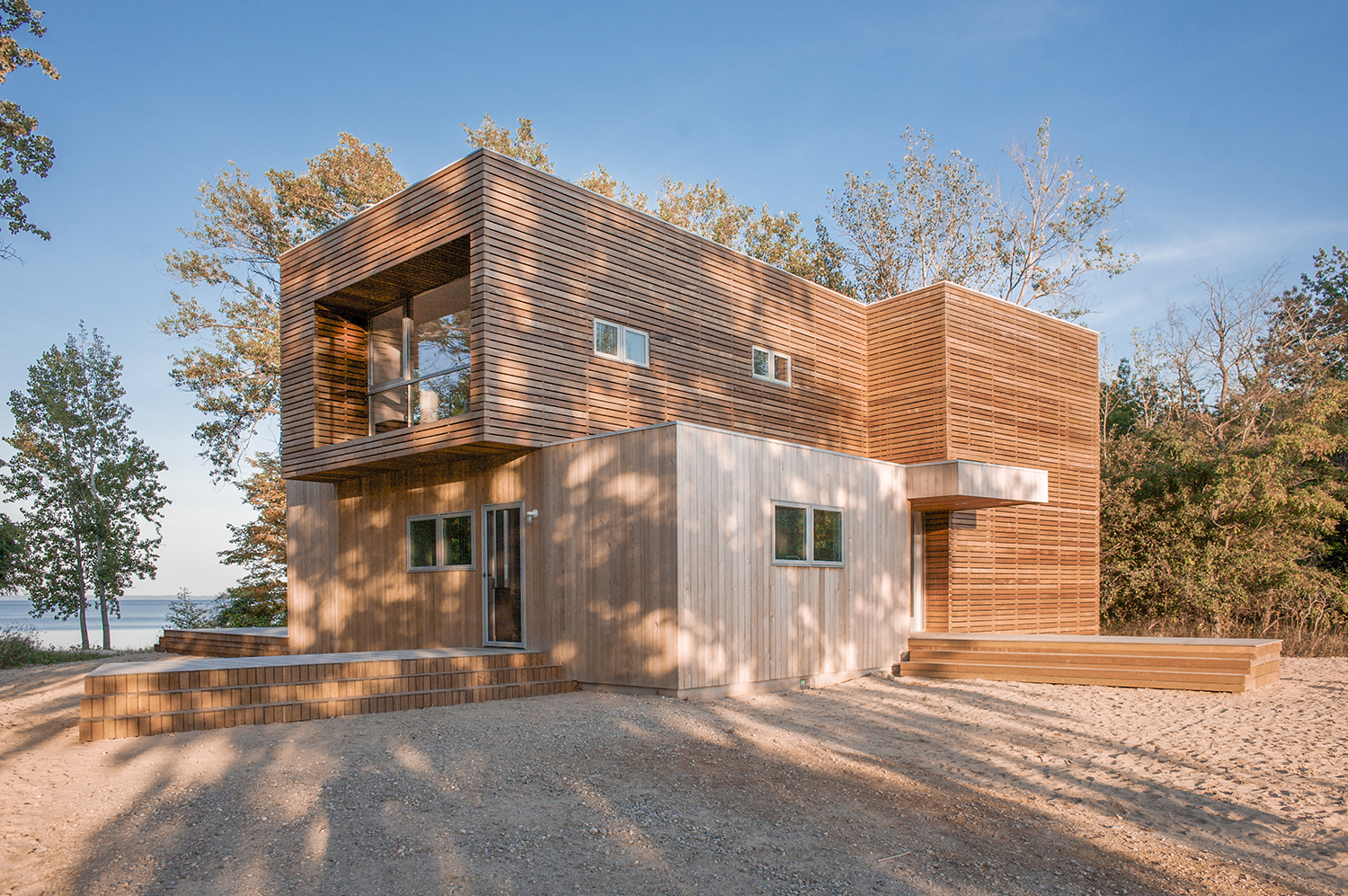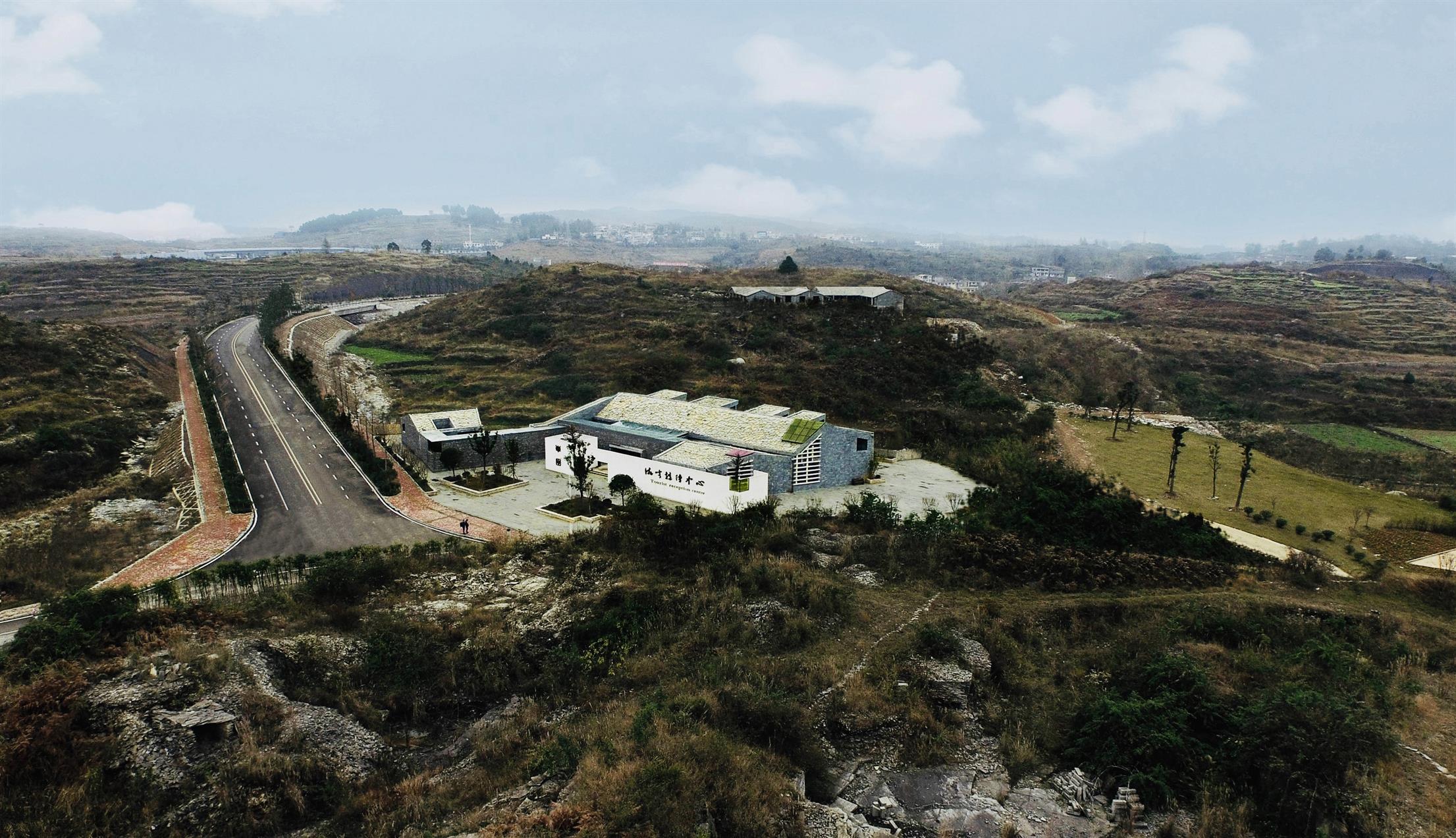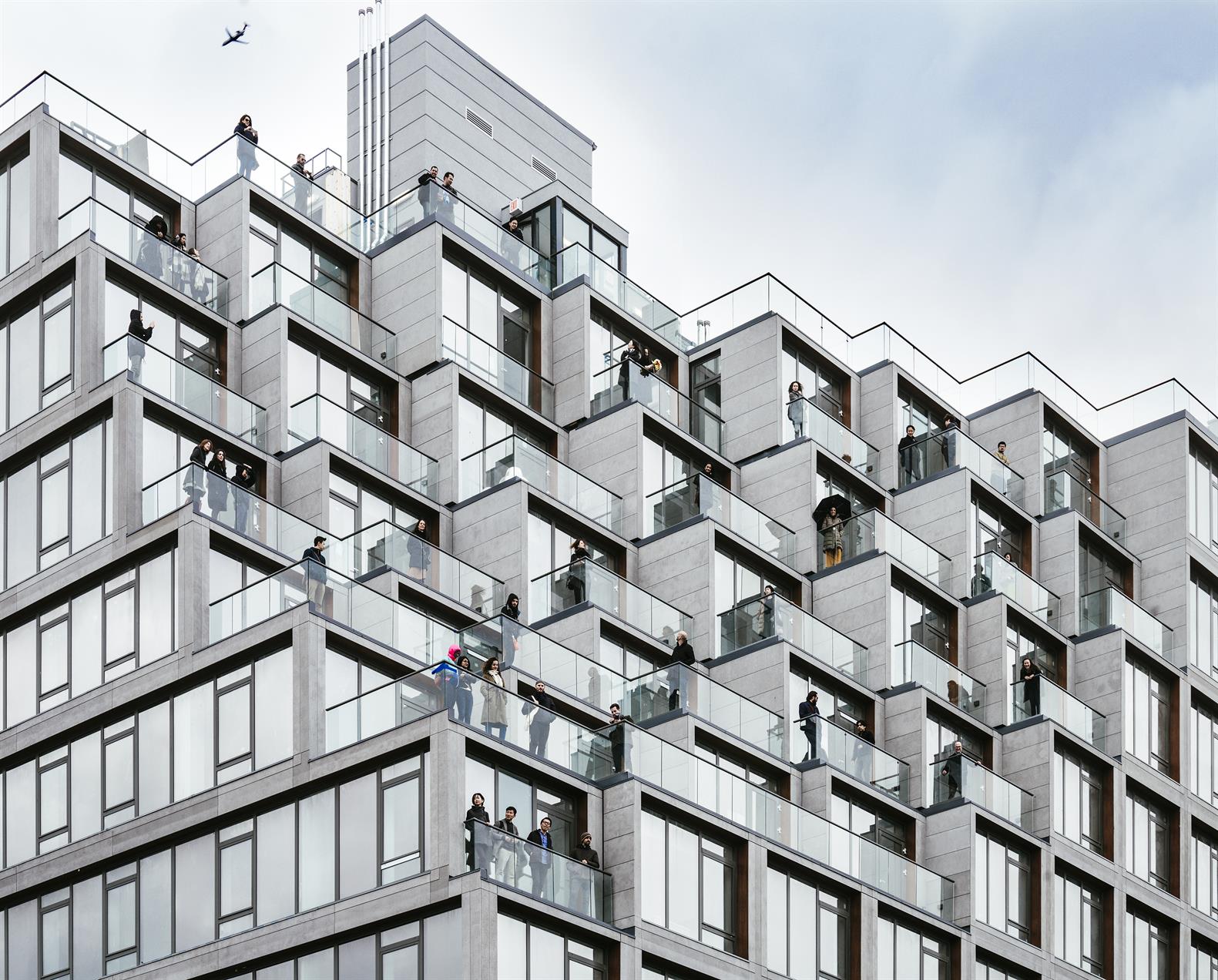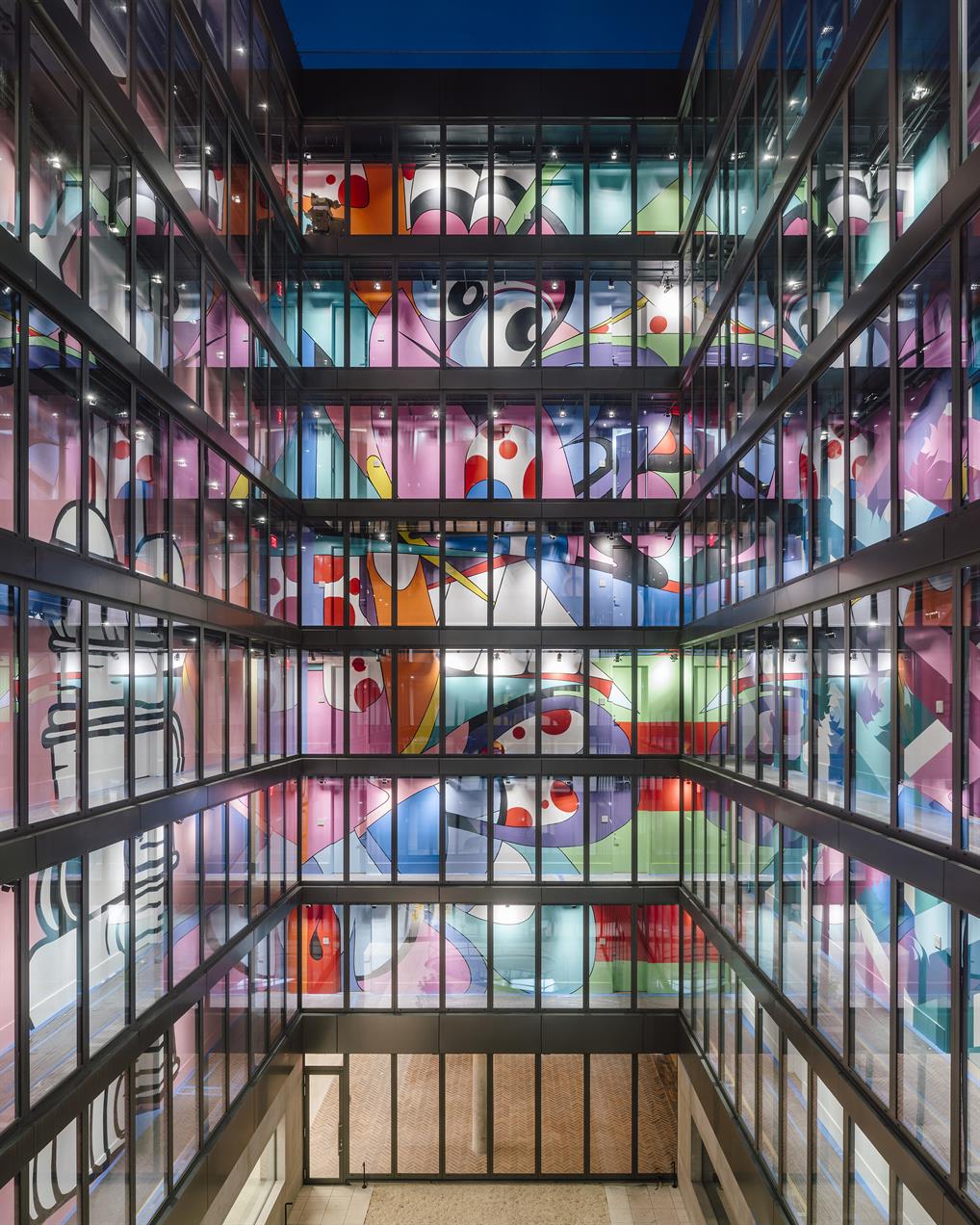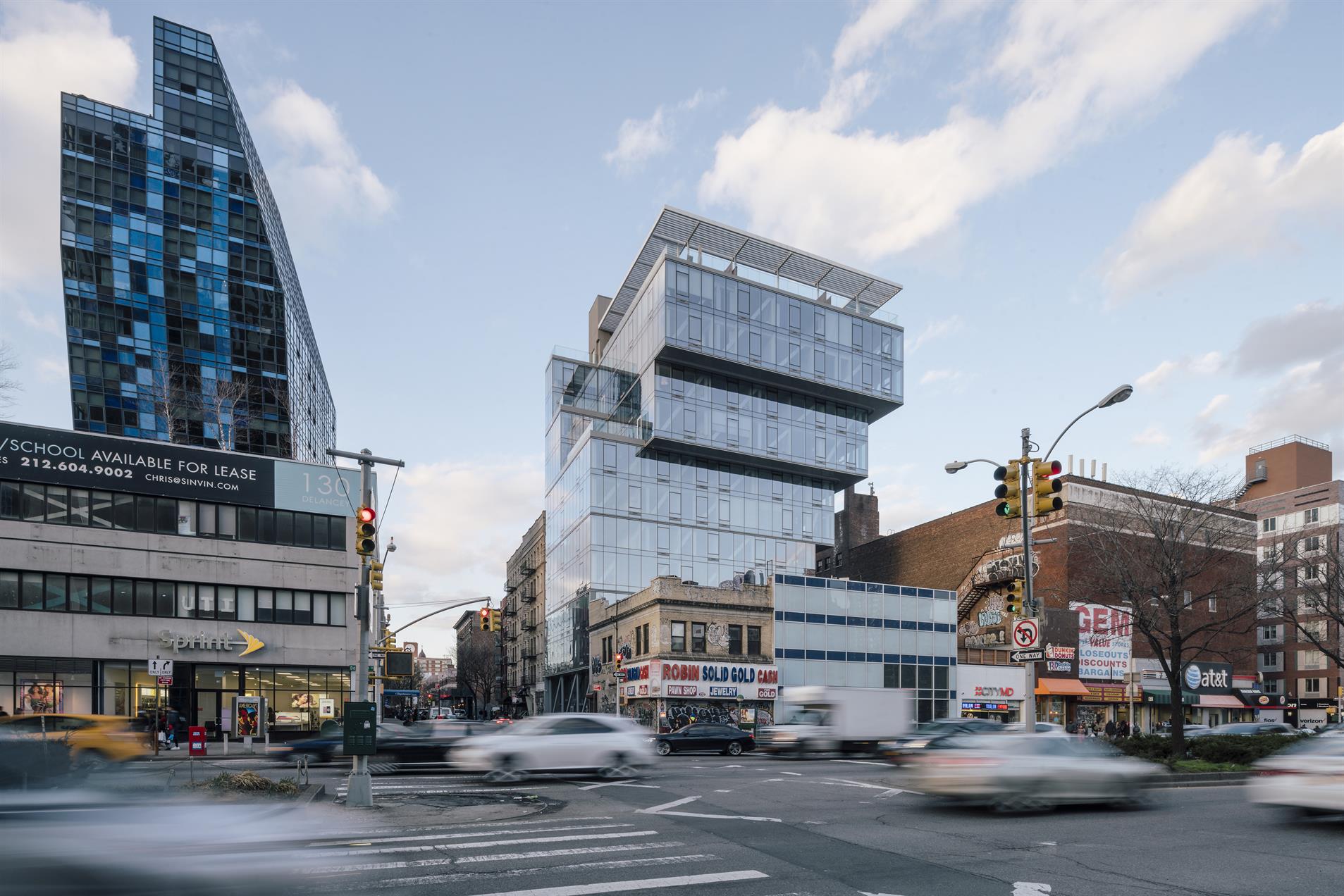Bauhaus Prize
Gold: Praxis d'Architecture, Tian Yun Affordable Office
Bauhaus brought about the idea of modern architecture to celebrate industrial mass production that considerably reduced construction cost, and to advocate a non-hierarchical formal and spatial structure that was to serve a better purpose in human dwelling in both physical and metaphysical sense. Now in the contemporary era, however, when the Revolution fostered, such ideas no longer exists, and when accumulation of wealth enabled consumption of diversified architectural expressions, modern aesthetics, when carried out with expensiveness, has recessed to a mere style. The Bauhaus emphasis on “scientific thinking”, rationality of structure and economical use of materials in architecture, however, has never lost legitimacy over the century. The design of Tian Yun affordable Office was inspired by Ludwig Hilberseimer’s idea, and sought to practise the original meaning of “modern architecture” in a contemporary Chinese urban context.
Tian Yun development provides private small and mid-sized research and technological enterprises with office spaces at the fringe of big cities. Although non main economic actors, these private firms are playing an essential role, helping to build a solid economy, as Chinese society came to realize after 30 years of a real estate backed economy. Module concept was applied to minimize structure and facade construction cost in order to gain green planted balconies. Rounded corners with the same radian emphasize fluidity. Alteration of two curve boundaries lets more sunlight into interior. The architecture has an overall austere appearance while providing lyrical spatial experiences for individuals at work breaks.
Silver: Ventura + Partners, Casa Chantre
Curiously located at the opposite end of a street that leads up to a baroque style house by Nicolau Nasoni, Chantre House embodies the revolutionary spirit of Bauhaus, representing the antithesis of baroque: a complete break with the past.
With a concrete structure, Chantre has a strong geometric component. The entry point of the house is a circle, around which squares, triangles, straight lines, and acute, right and obtuse angles are articulated, as if it were a patella. The walls are mostly flat, unadorned and white, with the exception of the entrance cylinder, painted in Corbusier blue, which references Kandinsky. The facades have large windows with the purpose of favoring the natural lighting of the spaces, as well as enhancing the synergies between interior and exterior.
Serving functional purposes, the house is marked by a multiplicity and fluidity of paths, designed in order to allow several possible appropriations of the house in relation to the complex land and topography. The roof is not forgotten, being harnessed and transformed into a useful terrace, partially landscaped, which promotes moments of leisure and provides the building with a privileged view over the city.
The unification of the arts is another of Chantre’s inescapable characteristics, in which architecture and sculpture merge and act as a cohesive and inseparable whole. Modernist, Chantre represents a clear harmony between function, aesthetics and technology.
House of the Year
Gold: Montalba Architects, LR2 Residence
The LR2 House overlooks Pasadena and its adjacent mountains from its hillside perch. Located down-slope from the client’s primary residence, this new 4,200 sq ft guest house and office space is made up of several distinct living volumes and programs. In response to the client’s desire to retain a significant portion of the existing flat pad between adjacent slopes, the volumes are stacked to create a rotated series of rectangular masses abutting the hillside, each with its own take on indoor/outdoor space. Outdoor breezeways, porches, courtyards, covered walkways and an immense rooftop deck extend the reaches of the limited floor area to the natural chaparral and views beyond. The LR2 House serves as an extension of the primary residence and includes guest suites, a home office, gym, and theatre screening room, as well as abundant outdoor spaces, all taking in views of the surrounding hills and valleys.
LR2’s programmatic elements peel away from the primary group of building blocks and shift to follow the rough slope of the hillside terrain. The intended entry sequence flows with the landscape, guiding visitors along a reaching sidewalk that extends under the mass of the building. The compression of the resulting space offers a unique arrival experience incorporating the natural creek just beyond the front door, which is nestled on the second floor.
Silver: Mario Mazzer Architects, Villa Emma
Villa Emma combines the rigour of a "Stazzu", the local rural buildings, with the modern house principles of open floor plans and connection between outdoor and indoor spaces.
It recalls the Sardinian rural house both in the simple rectangular shape with pitched roof and the interior distribution with bedrooms on the longest side. This house plays poetically with the sky and the land. The hand-cut granite stones on the ground floor plunge into the natural landscape while the sliding glass doors on the first floor reflect the sky and when completely open transform the house into a terrace.
The client's desire was to have a retreat where he, his wife and their two kids could catch up on family time. To fulfil this desire openness was sought in all aspects of the design, to the external and nature and internally, amongst the living spaces for the family by creating visual connections.
As the client’s desire was to have a house where his family could spend time in every season of the year we focused on the environment by creating a passive house.
Interior decor is characterized by pure lines and mostly dark but warm tones. We captured the expressive potential of materials by creating new finishings for different spaces and uses. Both the design process and the execution phases have been characterized by the use of technology with a creative and experimental approach, the search for maniacal precision and highly specialized craftsmanship.
Bronze: Indesign/Conrath Architecte, Ice Shore House (Berge des glaces)
The project brief was unusual: “Ensure me freedom in my advanced years.” In 2013, an elderly citizen sought out the services of Gary Conrath. Her living quarters, situated on the third storey of a small condominium building were no longer appropriate.
Following the advice of her architect, the client purchased a vacant lot in Verdun situated on a principal artery where a full range of retail businesses are readily accessed. For further destinations, the site provided several alternatives to automobile driving. Bus travel, as preferred by seniors is immediately available in front, and Montréal’s subway system is but a short walk away.
In spatial terms, the planning facilitates eventual wheelchair use. A smooth level surface connects the city sidewalk, the main entrance and ground floor, as well as the outdoor patio-pool garden yard.
In architectural terms, the design aims to establish a new equilibrium that both challenges and respects the district’s heritage of housing created for the industrial workers and their families of a previous era. To this end, new relationships are proposed between the solid brick and wood envelope and the transparent glass surfaces.
Rising Star / Emerging Practice of the Year
Gold: Lina Ghotmeh - Architecture
Lina Ghotmeh – Architecture is a critically acclaimed, international firm of architects, designers, and researchers based in Paris. Innovative, Lina Ghotmeh’s works deploy themselves at multiple scales and geographies, from object design to museums architecture, in France and abroad. As an archeology of the future, each project relates to its site’s past and emerges as a dialogue, soliciting our memory and senses.
The atelier gathers more than 25 professionals and is led by Beirut-born Lina Ghotmeh, co-architect of the Estonian National Museum (which won the Grand Prix Afex 2016 and nominee of the Mies Van Der Rohe Award 2017).
She was awarded with the European 40/40 Award 2018, the DEJEAN Award 2016 form the French Academy, the AJAP Award granted by the French Ministry of culture, and the 2A Awards 2018 in Barcelona. She was also selected by Dezeen as one of the “5 Biggest Talents of 2018” and has been nominated lately in London for the Women in Architecture Mira Gemmill Award 2019.
For Lina Ghormeh – Architecture, every project is an invitation into a new sensitive realm; revealing a narration drawn into history and memory through a heightened sense of materiality.
Silver: Interval Architects/Oscar KO + Yunduan GU
Interval Architects was co-founded by Oscar Ko and Yunduan Gu.
Oscar Ko is a lecturer at the University of Hong Kong and founder of Shanghai-based architectural design office - Interval Architects. He received his Master of Architecture degree from Columbia University, New York and a Bachelor of Science in Architecture degree from the University of Michigan, Ann Arbor.
Yunduan Gu is a Class One Registered Architect of China and a graduate of Tongji University, China.
Both have won Perspective 40 under 40 Award in 2018. Works of Interval Architects have received awards and nominations including the International Design Award, Asia Design Prize, Design that Educate Award, Perspective A&D China Award, HKDC Design for Asia Award, Re-Thinking Future Award, and a nomination for The 3rd China Media Architecture Award (Best Architecture Award) and candidate project for 2A Asia Architecture Award. Interval Architects' works have been presented in exhibitions such as Milan Design Week, Beijing Design Week and China 1000 exhibition. Their work has also been published internationally in media including Architektur (Austria), SPACE (Korea), Wallpaper China Edition, Perspective (Hong Kong), d+a (Singapore), Landscape World (Korea), CASE DA ABITARE (Chinese edition), Architecture & Culture (Korea), Taiwan Architecture, CONDE (Taiwan), Hinge (Hong Kong), Domusweb, Designboom, Archdaily, Dezeen, Gooood, China 1000, di, and UED
Bronze: Danny Forster & Architecture
At Danny Forster & Architecture, we are determined to express the compelling narrative at the heart of each project and equipped with every possible tool to do so. Architectural design, interior design, branding, writing, urban planning, and film production, our suite of services helps us tell the coherent stories of works on every scale. Our projects include an award-winning design for a Museum of Ethnography in Budapest, master planning work for nine city blocks in Charlotte, a redesign for the entire Aloft Hotel chain, a visitor’s center in the Seychelles, a Hudson Yards hotel, a co-living space in Beijing, and a 30-story tower once called a “standout amid the starchitecture” at the World Trade Center campus.
Although we insist on the integrity of each project’s narrative, we also look beyond each project to our larger purpose in moving our profession forward. Recently we have developed an expertise in modular construction: we’ve broken ground on a Manhattan hotel that will be the tallest modular hotel in the world, for instance, and we are designing the first modular five-star resort on the island of Nevis. But we aren’t just using modular construction, we are improving it, by investing in research and technology that will lead to advancements in modular building for the industry as a whole.
Connecting all our work is the belief that each project should transcend its program. That’s what elevates a building to a work of architecture and that’s how architecture contributes to the life of its city.
Architect / Practice of the Year
Gold: West-line Studio
West-Line Studio is based in Guizhou Province and exclusively works in south-west China, where most of the country’s ethnic minorities live, and has always been researching and working on local vernacular architecture and subcultures’ diversity.
The practice, founded more than 15 years ago by Haobo Wei and Jingsong Xie, focuses on the study of traditional construction techniques and materials, in order to preserve and translate them in our works. Our working method is strongly affected by local geopolitical order, social sub-cultural structure and public life organization, by the memory of the past, the relationship with nature, traditional construction technologies, together with rituals and cultural insights. With our theory and practice we aim to explore the relationship between architecture and human, architecture and contemporary society, architecture and nature.
2018 has been very exciting for us, we participated in many awards and we had the honour to be published by worldwide architectural media. It has also been a very busy period during which we have completed several major projects: a 935 sqm visitor and exhibition center in the rural Chetian Village and some projects in the Unesco World Heritage Chishui area, in northern Guizhou: a gateway to the Danxia World Heritage Site and a bigger complex of almost 138,000 sqm which includes a tourist and an exhibition center.
These three projects, very different in their scale, reflect West-line Studio’s design approach in creating a strong and iconic relationship with the surroundings, through a deep understanding and innovative application of local materials.
Silver: ODA New York
ODA is an office of architecture based in New York. Since its inception in 2007, ODA has quickly emerged as one of the most recognized firms of its generation, promptly establishing a reputation for delivering imaginative and mold-breaking designs. Seeking to reorder architectural priorities by putting people first, ODA challenges conventional perspectives of dwelling that will, over time, influence life in our cities.
Through a range of projects, ODA seeks to reconcile the conditions of vertical urban living with the qualities which benefit and nurture us as human beings: the desire for protected shelter while observing wide perspectives, the seamless transition between indoor and outdoor spaces, and the general improvement of life through good design.
This prolific firm has gained extensive experience designing and building in New York, currently more than 40 projects in New York City and throughout the U.S., making them uniquely positioned to lead the discourse of living in urban environments. The office’s buildings celebrate life, catalyzing change in their immediate environments. ODA creates value which by its nature can be replicated again in another form. ODA’s buildings look different because they each function differently.
